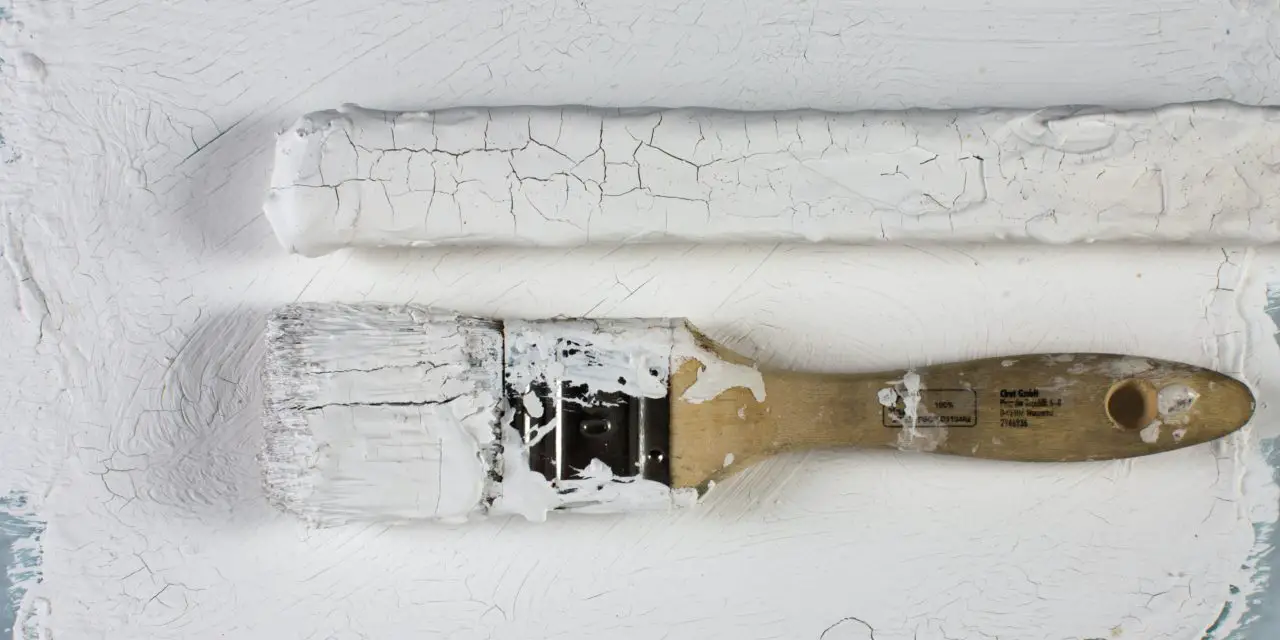If you are ready for a new color of paint for either the interior or exterior walls of your home, or any other surface, Behr paint is one of the best options on the market! They offer a variety of colors and variations, and most users agree that using Behr paint will make your paint job look great! But you might be wondering: Do you need primer with Behr paint?
If you are using Behr standard oil-based or water-based/latex paint, you should use a primer first on every surface. Make sure that you match the primer to the paint type. Behr offers a paint-primer all in one option if you don’t want to buy them separately.
In this article, we are going to go through everything you need to know about matching a primer with Behr paint, what kinds of paint and primer the company offers, and even why you do need a primer with Behr paint! So keep reading, we have everything you need to know right here!
Does my Behr Paint Need a Primer?
Primer, although it looks like paint, is quite a bit different. It has extra adhesives and works as a sealant on your walls and surfaces to protect them from odors, stains, discoloration, and moisture.
In addition to being protective, using primer will ensure your walls and surfaces look a whole lot better! Drywall, wood, and most other standard surfaces are quite porous, and without primer, the paint will not last as long or look as smooth.
What Kind of Primer Should You Use with Behr Paint?
If you have decided to go with Behr paint for your project, you should understand that the company offers a variety of different types of paint.
The two most common paint types are oil-based and water-based or latex paints. While both options can be a good choice depending on what you are painting, the most important thing to understand is that the primer needs to have the same base as the paint itself.
So, if you choose an oil-based paint, the primer needs to be oil-based as well, and if you opt for a water-based or latex paint, the primer should be water-based as well!
Water-based options are the most popular as they are the easiest to use and clean up, and of course, they have a great finish that will make your painting look fantastic!
There is another option from Behr when it comes to choosing a paint and primer for your home: a two-in-one paint-primer.
Is Behr’s Paint-Primer a Good Choice?
Many people want to know if they can skip the primer because it takes a bit longer to prime before you paint and it means you need to buy two products instead of one.
Now that you know that priming before using Behr paint is essential, you’re probably curious about the company’s paint-primer combination product that will allow you to skip the primer coat, including whether or not it works as well as priming and if it will save you time and money.
The truth is, Behr’s paint-primer is a pretty great product. It will resist stains, discoloration, odor, and moisture just like primer, however, it may not last quite as long.
While it will save you time because you don’t have to paint a primer coat before getting started on the colored paint, putting on primer itself is usually a fast project as it does not need to be painted perfectly because no one will see it.
Using Behr’s paint-primer means you need to be careful and detailed on the very first coat to make sure it looks good!
Another factor to consider is that using Behr’s paint-primer can be more expensive than just buying primer and paint depending on the type you chose.
The bottom line: this option works almost as well as using primer and paint separately, it can save you time, but not that much, and it can actually be more expensive, so whether or not Behr’s paint-primer is a good choice is really up to you!
Final Thoughts
So, do you need primer with Behr paint? Hopefully you already know the answer to this one!
But just in case you need a recap: you certainly do need a primer with Behr paint, unless you opt for their paint-primer combination option.
The most important thing to remember is that which primer should be used with your Behr paint depends on the type of paint: oil-based or water-based! Make sure your primer always has the same base as the paint you are going to use!





